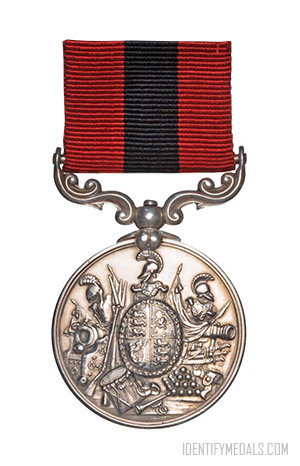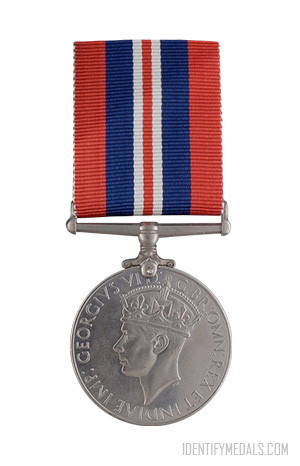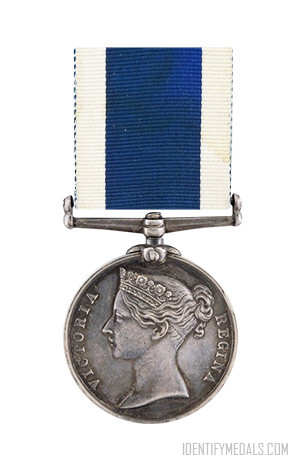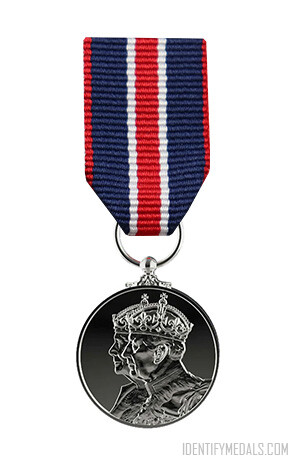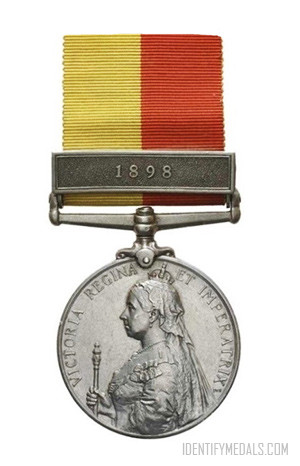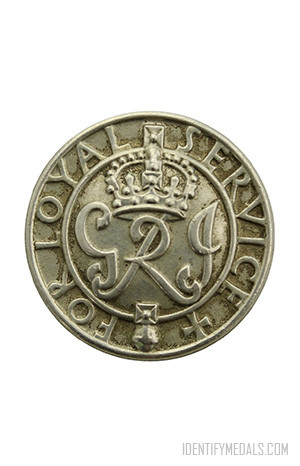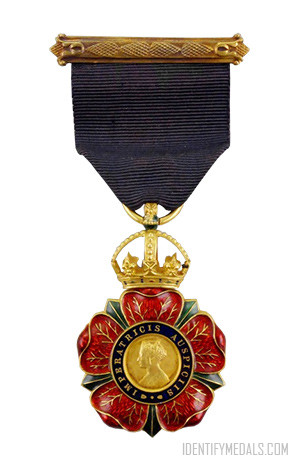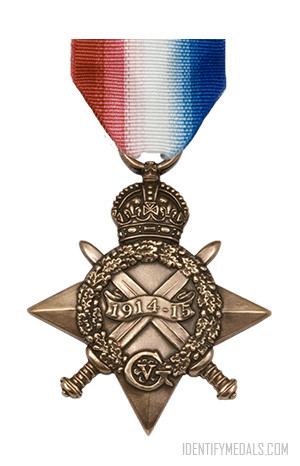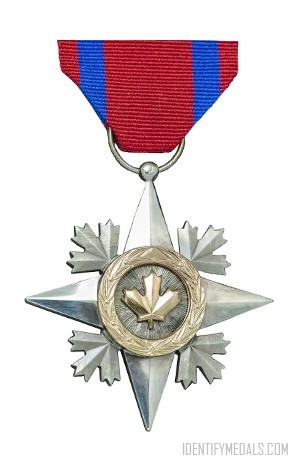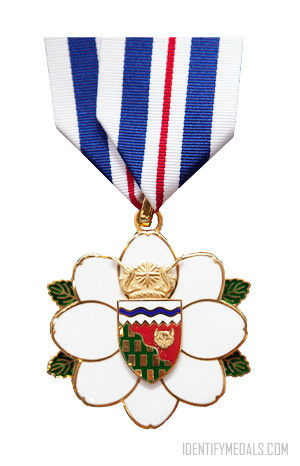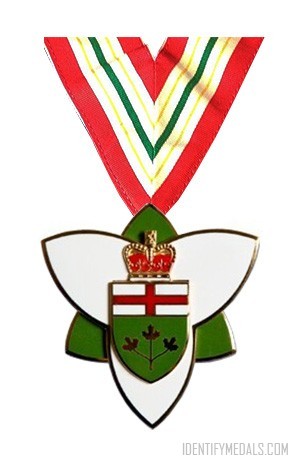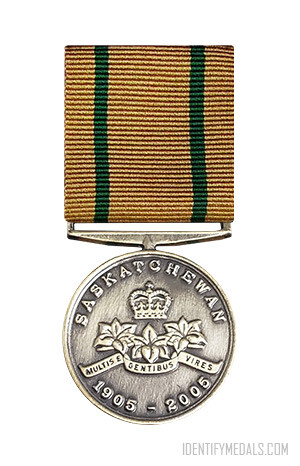- Time Period: Pre-WW1
- Year of Institution: 1854
- Country: Great Britain
The Distinguished Conduct Medal, or DCM, was established in 1854, during the Crimean War, by Queen Victoria. It’s the oldest British award for gallantry in the field by other ranks (personnel who are not commissioned officers) of the British Army. The medal was also awarded to personnel of other Commonwealth Dominions and Colonies.
The Distinguished Conduct Medal ranked below the Victoria Cross, until its discontinuation in 1993 when it was replaced by the Conspicuous Gallantry Cross. Prior to its institution, there had been no official medal awarded by the British Crown in recognition of individual acts of gallantry in the Army. The Distinguished Conduct Medal was awarded with a gratuity, that varied in amount depending on rank, and given on the recipient’s discharge from the Army.
In May 1894, Queen Victoria authorized Colonial governments to adopt various military medals for awards to their local military forces. The Colony of Natal and the Cape Colony introduced this system in 1894, and the Transvaal Colony followed in 1902, while Australia, Canada and New Zealand also adopted the medal. However, only the Natal and Canada versions were finally awarded.
All awards of the Distinguished Conduct Medal were notified in the London Gazette and, during the First World War, citations were generally also included.
A bar was introduced in 1881 to be awarded in recognition of each subsequent act of distinguished conduct for which the medal would have been awarded.
The Distinguished Conduct Medal Design
The medal is struck in silver and is a disk measuring 36 millimeters (1.4 inches) in diameter and 3 millimeters (0.12 inches) thick.
The original obverse shows a Trophy of Arms, designed by Benedetto Pistrucci, which incorporates a central shield bearing the Royal Coat of Arms without any inscription. From 1902, after the accession of King Edward VII, the effigy of the reigning monarch replaced the trophy of arms, with the respective titles of the monarch inscribed around the perimeter. There were eight variants of the obverse:
- King Edward VII – “EDWARDVS VII REX IMPERATOR”.
- King George V, bareheaded – “GEORGIVS V BRITT: OMN: REX ET IND: IMP:”.
- King George V, crowned – “GEORGIVS•V•D•G•BRITT•OMN•REX•ET•INDIÆ•IMP•”.
- King George VI – Two versions: “GEORGIVS VI D:G:BR OMN REX ET INDIAE IMP:” and “GEORGIVS VI DEI GRA: BRITT: OMN: REX FID: DEF:”.
- Queen Elizabeth II – Two versions,: “ELIZABETH II D:G:BR:OMN: REGINA F:D:” and “ELIZABETH II DEI GRATIA REGINA F.D”.
The reverse is smooth, with a raised rim and the inscription “FOR DISTINGUISHED CONDUCT IN THE FIELD” in four lines, underlined by a laurel wreath between two spear blades.
The suspender is an ornamented scroll. The ribbon is 32 millimeters wide and dark crimson, with a 10 millimeters wide navy blue band in the center. All medals awarded bear the recipient’s number, rank, name and unit on the rim.

